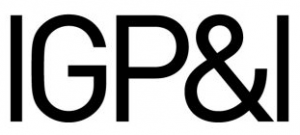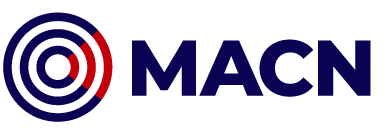The mandatory notification requirement for the carriage of nickel ore loaded in Philippines and Indonesia still applies. This important loss prevention initiative was introduced in 2012 and allows early interaction with ship operators and an opportunity to reduce the risks presented by this cargo.

Loading nickel ore in the Philippines or Indonesia
Published 11 June 2019
Liquefaction of mineral ores, resulting in cargo shift and loss of stability, has been a major cause of marine casualties for many decades and the loading and carriage of nickel ore from Indonesia and the Philippines have been a concern for almost a decade now.
In January 2011, Gard issued Member Circular No. 23/2010 containing a number of recommendations and practical advice on how to reduce the risks associated with nickel ore. However, due to the numerous dangers and difficulties associated with this particular cargo, a follow-up circular, No. 05/2012, was issued in May 2012 advising of the mandatory notification requirement for Members who plan to fix or charter a ship to load nickel ore from ports in Indonesia and the Philippines, or where under an existing fixture a ship is ordered to load such a cargo.
The information required includes:
Ship name
Port/anchorage of loading and estimated time of arrival
Date of intended loading
Charterer/shipper’s details
Agent’s details
Copy of the shipper’s cargo declaration and supporting certificates.
It is worth reiterating that the responsibility for ensuring IMSBC code compliance and additional measures for the safe carriage rests with the Members. However, by notifying the club, Members can receive advice and assistance to reduce or mitigate the risk of carrying such cargoes. The mandatory requirement applies to all P&I owner and charterer Members.
A proactive approach to loss prevention
In addition to the mandatory notification requirement, Gard has since December 2017 applied geofencing as a proactive approach to preventing losses arising from the carriage of nickel ore. Use of ships’ AIS data coupled with local knowledge about high risk ports and areas, such as the critical ports for the loading of nickel ore, allows us to interact with ship operators at a very early stage. Specific guidance and advice on how to reduce the risks can be provided to the Member and at the same time we can ensure the right resources are available in the event of issues arising at the load port.
How does it work?
When a bulk carrier enters one of the critical ports for the loading of nickel ore, we can contact the Member and provide a reminder of the information required as part of the mandatory notification requirement as well as recommendations for the safe carriage of nickel ore. This is intended to open a dialogue about loss prevention between Gard and the Member and to share relevant information. Once the bulk carrier departs from the critical port for the loading of nickel ore, the Member can be asked to provide specific information on the precautions taken during and on completion of loading.
While the use of geofencing as a means to prevent incidents of nickel ore liquefaction is still a small-scale loss prevention project within Gard, we believe that, over time, this approach can help Members trade more safely.
Recommendations
Gard’s geofencing alerts are limited to owned vessels entered with Gard, and do not detect vessels that are chartered by charterer Members. It is therefore important for charterers to notify Gard every time they fix their vessels for loading such cargo. The main purpose of the geofencing alert is not to monitor our Member’s activity, but to assist Members by reminding them of the risks involved and the precautions that can be taken to mitigate those risks.
At the time of writing, Gard has received 35 geofencing alerts since December 2017. Of these 35 notifications, external surveyors were appointed for seven loading operations and none of the exit surveys revealed signs of liquefaction.
While it is a positive sign that no liquefaction was reported in these cases, continued vigilance is needed. The practice of misdeclaration of moisture content is still prevalent and masters and ships’ crew can experience significant pressure from shippers when they refuse to load the cargo and request independent testing. It is worth noting that as we are in the midst of the monsoon season the likelihood of shipments with excessive moisture could increase.
Whilst the mandatory notification requirement is in place for shipments originating in the Philippines and Indonesia, Gard encourages Members to seek advice on any cargo subject to liquefaction if they have any doubts or questions relating to its carriage. Shipowners, charterers, and Gard share a common goal to avoid another liquefaction tragedy through active loss prevention, communication and education.
Failure to comply with the notification requirement could prejudice your insurance cover.


